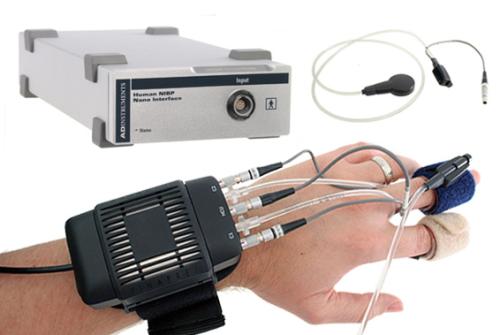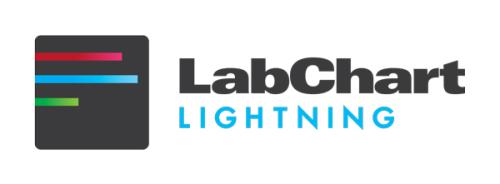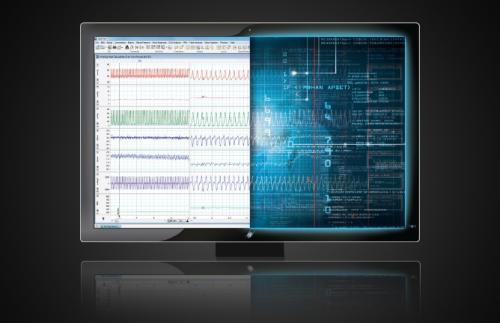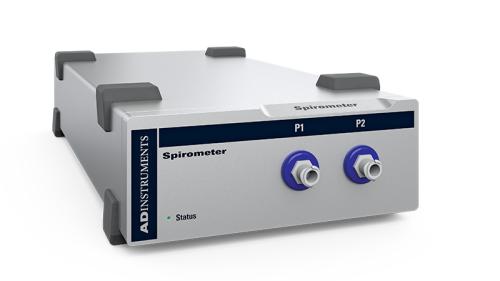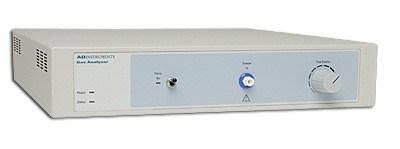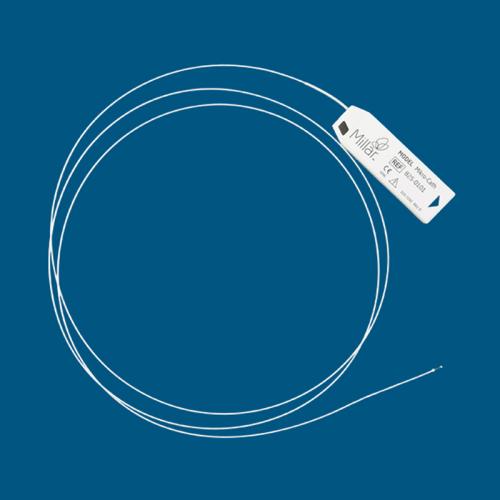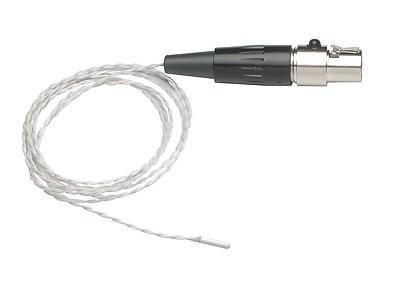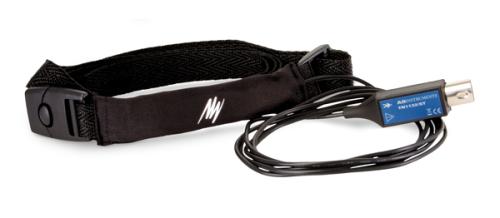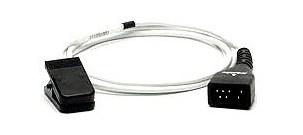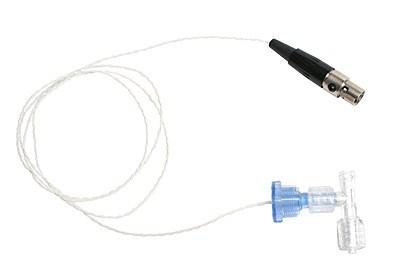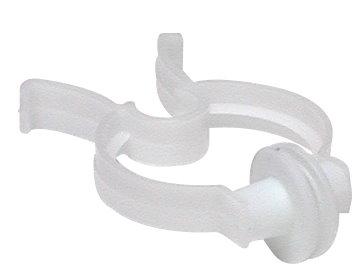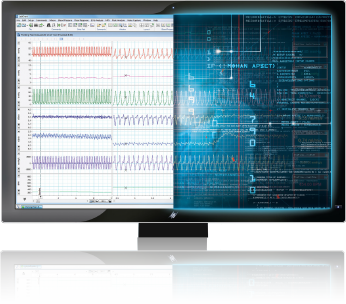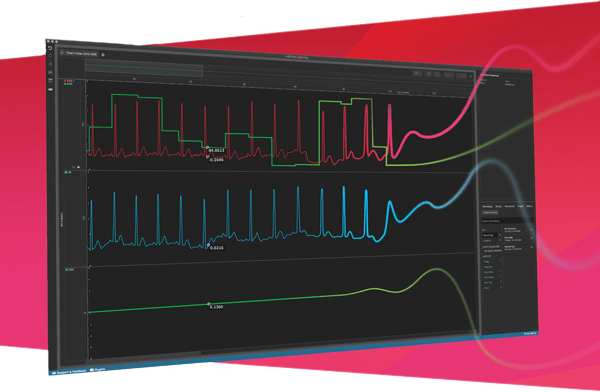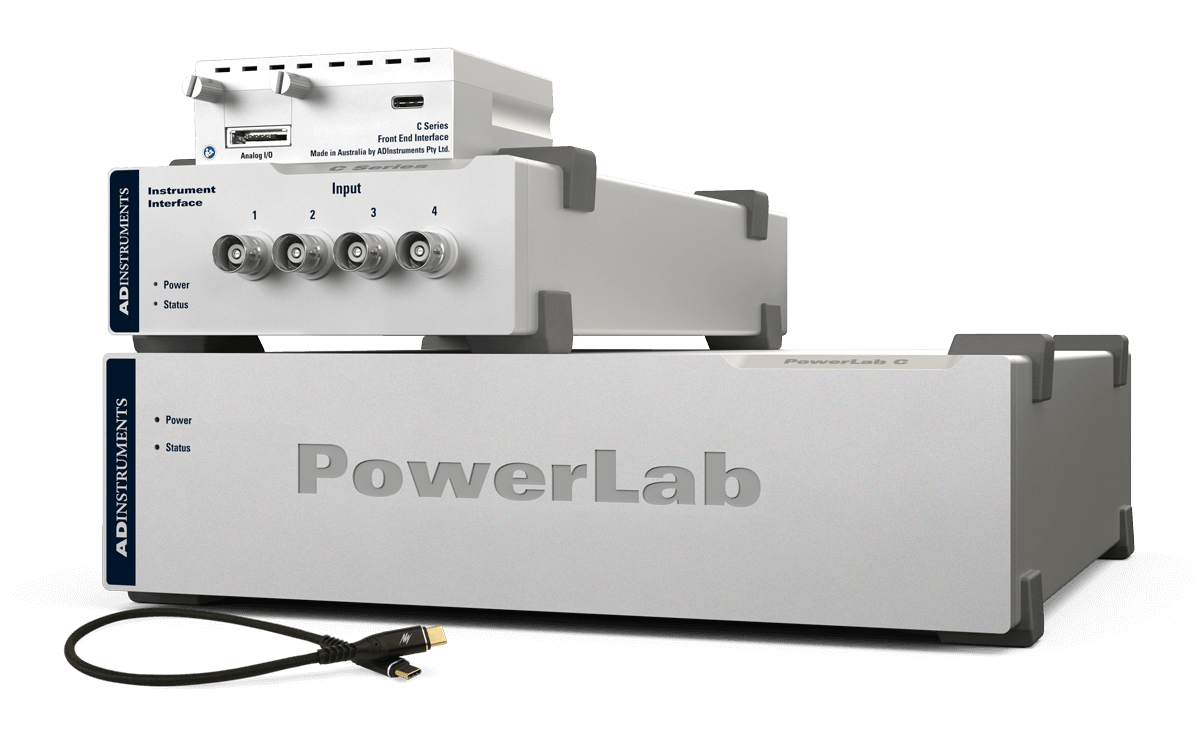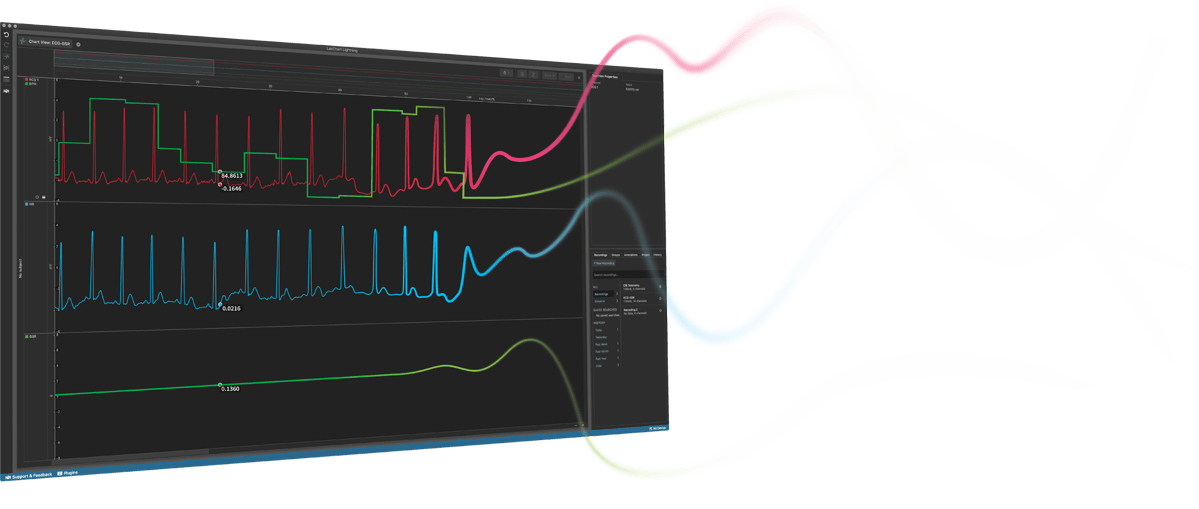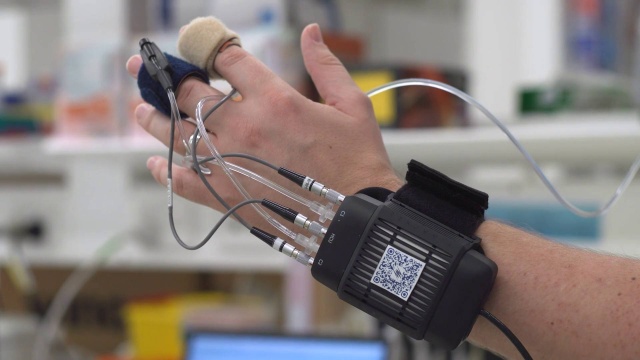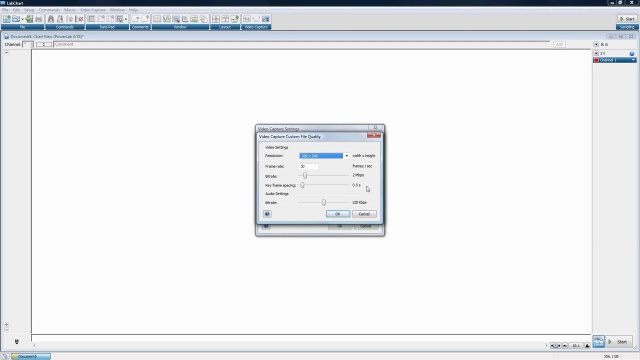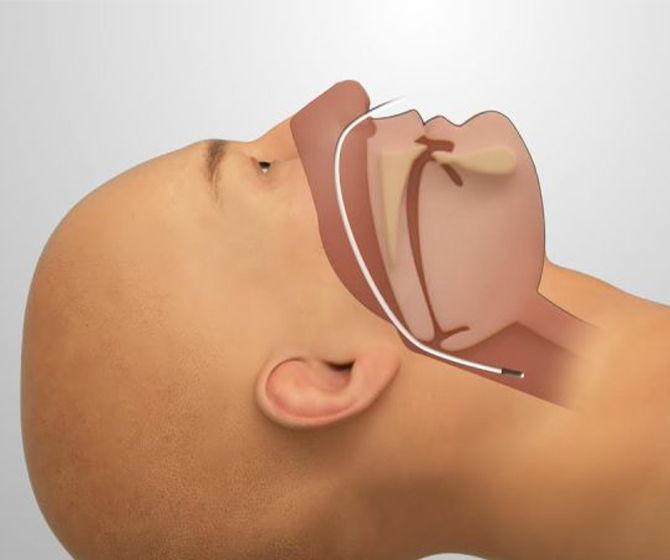Respiratory
Respiratory parameters such as airflow and nasal pressure are significant when undertaking sleep studies in regards to detecting respiratory disturbances.
ADInstruments’ flexible and easily customized systems are designed to be simple to setup and use, minimizing interference with your sleep study subjects to ensure accurate recording and results of their respiratory activity.
We can help you match Labchart and PowerLab with a comprehensive range of solutions for recording high quality respiratory signals, giving you the power choose robust combinations that best meet your requirements. Our software is algorithm agnostic giving you the ability to easily customize macros suited for your preferred sleep scoring methodology.
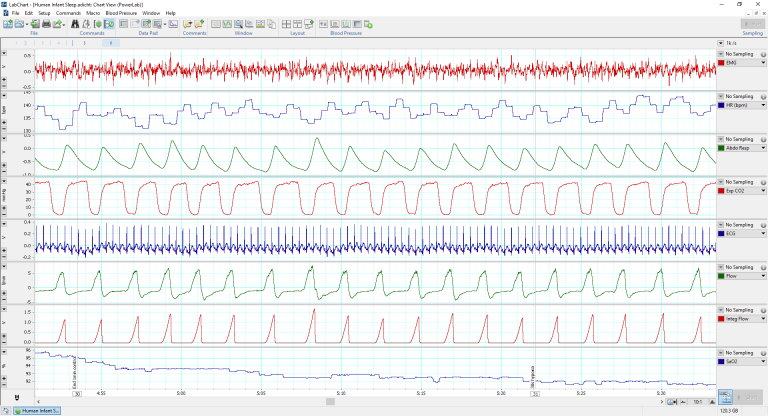
In conjunction with our complete systems shown below, any device with an analog output (+/- 10V) can be connected to a PowerLab data acquisition system for synchronization of event in LabChart. So you have even more flexibility and can integrate all your data streams in one place.
All of our hardware recommended for human use is backed by the appropriate safety certification standards. More information on safety standards.
Complete Systems or Kits
Related Components and Products

Lab Builder – Find the right products for your research.
1Select your research area
2Use smart guide to tell us your needs
3Get instant product recommendations
Flexible Data Acquisition
ADInstruments systems provide an integrated solution to advance life science research. With the combination of LabChart or LabChart Lightning analysis software and a PowerLab data acquisition unit, you have the flexibility to collect and synchronize a wide range of signals for analysis. We also offer a range of LabChart compatible solutions able to stream directly in LabChart.
All your analysis in one place
LabChart software is designed specifically for life science data and provides up to 32 channels for data display and analysis options that are powerful and easy to use. With auto-recognition of ADI and LabChart Compatible hardware, multi-window views, one touch recording, simultaneous recording from multiple devices, specialized preconfigured settings, easy sharing options and an interface that can be customized to show only the features you want to use.

Features and Add-Ons
Additional acquisition and analysis options to support your Respiratory analysis:

